Home>Home Appliances>Heating & Cooling>How To Set Central Heating Timer Control
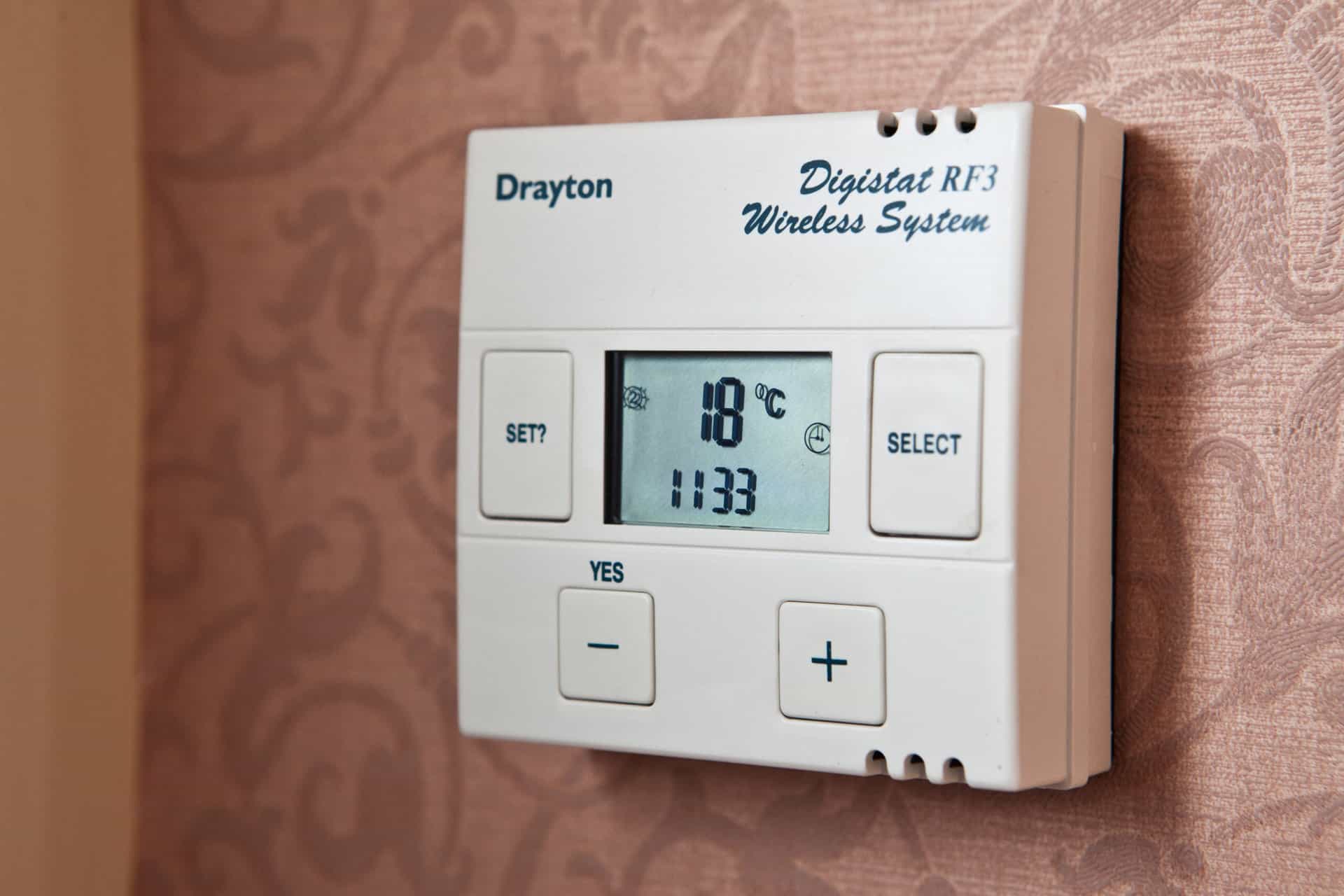

Heating & Cooling
How To Set Central Heating Timer Control
Modified: May 6, 2024
Learn how to set your central heating timer control for optimal comfort and energy efficiency. Get expert tips on heating and cooling management.
(Many of the links in this article redirect to a specific reviewed product. Your purchase of these products through affiliate links helps to generate commission for Storables.com, at no extra cost. Learn more)
Introduction
Welcome to the world of central heating and cooling! If you're new to managing your home's heating system or looking to optimize its efficiency, understanding and effectively using your central heating timer control is crucial. This small yet powerful device allows you to schedule when your heating system turns on and off, providing comfort and cost savings.
Your central heating timer control is like the conductor of an orchestra, orchestrating the performance of your heating system to ensure it operates precisely when needed. By mastering its functions, you can create a harmonious balance between comfort and energy conservation in your home.
In this comprehensive guide, we will delve into the intricacies of central heating timer controls, empowering you to harness their full potential. From deciphering the settings to optimizing the schedule, we'll equip you with the knowledge and skills to take control of your home's heating system.
So, whether you're seeking to reduce energy consumption, customize your heating schedule, or simply gain a deeper understanding of this essential component, you've come to the right place. Let's embark on this enlightening journey to unlock the secrets of your central heating timer control and elevate your home's comfort and efficiency.
Key Takeaways:
- Takeaway 1: Your central heating timer control is like a conductor for your heating system, allowing you to schedule when it turns on and off. By mastering its functions, you can create a balance between comfort and energy conservation in your home.
- Takeaway 2: You can customize your heating schedule to align with your daily routine and save energy by setting different on and off times for specific days. This empowers you to control your home’s heating system with precision and adaptability.
Read more: How To Install Central Heating
Understanding Your Central Heating Timer Control
Your central heating timer control is the nerve center of your home's heating system. It is a compact yet indispensable device that empowers you to regulate when your heating system activates and deactivates. Understanding its functionality is key to optimizing your home's comfort and energy efficiency.
At its core, the central heating timer control allows you to set specific times for your heating system to turn on and off. This means you can tailor your heating schedule to align with your daily routine, ensuring warmth when needed and conserving energy when not in use.
Most central heating timer controls feature a digital display, enabling intuitive programming of the heating schedule. The interface typically includes buttons for adjusting the time, setting the desired temperature, and programming the on and off periods. Some advanced models even offer the flexibility to program different time settings for various days, providing a tailored approach to heating management.
Understanding the symbols and indicators on your central heating timer control is essential for seamless operation. These may include icons representing the days of the week, clock symbols for setting the time, and indicators for heating and hot water functions. Familiarizing yourself with these symbols will empower you to navigate the control interface with confidence.
Moreover, comprehending the different modes of operation, such as manual override and holiday mode, allows you to adapt the heating schedule to suit specific circumstances. The manual override feature, for instance, enables immediate adjustment of the heating settings outside the programmed schedule, providing flexibility and convenience.
By gaining a thorough understanding of your central heating timer control, you can harness its full potential to create a personalized heating schedule that aligns with your lifestyle and preferences. This knowledge empowers you to optimize energy usage, enhance comfort, and take control of your home's heating system with confidence and efficiency.
Setting the On and Off Times
Setting the on and off times on your central heating timer control is akin to orchestrating a symphony of warmth and energy efficiency in your home. This fundamental function allows you to tailor your heating schedule to align with your daily routine, ensuring that your living spaces are comfortably heated when needed and conserving energy during periods of inactivity.
To begin, familiarize yourself with the interface of your central heating timer control. Most models feature a digital display and intuitive buttons for adjusting the time and temperature settings. Start by locating the "On" and "Off" time settings, typically represented by clear indicators on the control panel.
When setting the "On" time, consider the time of day when you typically require heating. For instance, if you prefer a warm and cozy home in the morning, you might set the "On" time to coincide with your wake-up routine. By doing so, your heating system will activate at the designated time, ensuring that your home is comfortably heated as you start your day.
Conversely, when setting the "Off" time, consider periods when heating may not be necessary, such as during the day when the house is unoccupied or at night when everyone is tucked in bed. By programming the "Off" time to align with these periods, you can avoid unnecessary heating, thereby conserving energy and reducing utility costs.
It's important to strike a balance between comfort and energy efficiency when setting the on and off times. Aim to synchronize the heating schedule with your daily activities, ensuring that warmth is readily available when needed while minimizing energy consumption during idle periods.
Moreover, some central heating timer controls offer the option to set different on and off times for specific days, allowing for a customized schedule that adapts to your weekly routine. This flexibility enables you to fine-tune the heating schedule to align with varying activities and occupancy patterns, further optimizing energy usage.
By mastering the art of setting the on and off times on your central heating timer control, you can create a tailored heating schedule that seamlessly integrates with your lifestyle, providing comfort and warmth while promoting energy efficiency. This mastery empowers you to take control of your home's heating system, ensuring that it operates in harmony with your daily routine and preferences.
Make sure to set your central heating timer control to match your daily schedule. This will help you save energy and keep your home comfortable when you need it.
Programming Different Time Settings for Different Days
Programming different time settings for different days on your central heating timer control offers a level of customization that aligns with the dynamic nature of modern lifestyles. This feature empowers you to tailor your heating schedule to accommodate varying routines and occupancy patterns throughout the week, optimizing comfort and energy efficiency.
To begin programming different time settings for different days, familiarize yourself with the interface of your central heating timer control. Most advanced models offer the flexibility to set distinct schedules for individual days, providing a granular approach to heating management. Navigate through the control panel to access the programming mode, where you can specify the on and off times for each day of the week.
Consider the unique dynamics of your weekly schedule when programming different time settings. For instance, weekdays may demand heating schedules that align with work and school routines, while weekends may call for a more relaxed and flexible approach. By customizing the heating schedule for each day, you can ensure that your home is heated precisely when needed, without wasting energy during periods of inactivity.
When programming the time settings for different days, take into account the specific activities and occupancy patterns that characterize each day. For example, if weekdays involve early morning departures and late evening returns, you can schedule the heating to activate before waking up and to deactivate during the day when the house is unoccupied. On weekends, when family members may have varying wake-up times and leisurely mornings, the heating schedule can be adjusted to accommodate these relaxed routines.
Furthermore, the ability to program different time settings for different days enables you to adapt to seasonal changes and evolving lifestyle patterns. As daylight hours shift and activities vary throughout the year, this feature allows you to fine-tune the heating schedule to align with these fluctuations, ensuring optimal comfort and energy conservation.
By leveraging the capability to program different time settings for different days on your central heating timer control, you can create a bespoke heating schedule that mirrors the ebb and flow of your weekly routine. This personalized approach not only enhances comfort but also contributes to significant energy savings by aligning heating operations with actual occupancy and activity patterns.
In essence, programming different time settings for different days empowers you to take control of your home's heating system with precision and adaptability, ensuring that warmth is readily available when needed while promoting energy-efficient operation throughout the week.
Overriding the Timer Control
Sometimes, life doesn't adhere to a rigid schedule. Unexpected events, changes in routine, or simply the desire for immediate warmth may necessitate overriding the programmed settings on your central heating timer control. This capability to manually override the timer control provides flexibility and convenience, allowing you to adapt the heating schedule on the fly.
To initiate an override, locate the manual override function on your central heating timer control. This feature is typically accessible through the control panel and may involve pressing a designated button or navigating to a specific mode using the interface. Once activated, the manual override allows you to temporarily adjust the heating settings outside the programmed schedule, providing immediate comfort and control.
When engaging the manual override, consider the duration for which you wish to deviate from the programmed settings. Whether it's a brief adjustment to accommodate an unexpected change in plans or an extended override for a special occasion, the flexibility of the manual override feature empowers you to tailor the heating schedule to suit your immediate needs.
Moreover, the manual override function is invaluable during transitional seasons or unpredictable weather patterns. If unseasonably cold or warm conditions arise, you can swiftly override the programmed settings to ensure that your home remains comfortable without waiting for the next scheduled heating cycle.
It's important to note that while the manual override offers immediate control over the heating schedule, it does not alter the programmed settings. Once the override period concludes, the central heating timer control will revert to its programmed schedule, maintaining the long-term efficiency and consistency of the heating system.
In essence, the ability to override the timer control on your central heating system empowers you to adapt to unforeseen circumstances, prioritize immediate comfort, and respond to changing environmental conditions with ease. This feature embodies the marriage of convenience and control, ensuring that your home's heating system remains responsive and adaptable to the dynamic nature of daily life.
Read more: How To Turn On Central Heating
Tips for Efficiently Using Your Central Heating Timer Control
-
Optimize Warm-Up and Cool-Down Periods: When programming your central heating timer control, consider the time required for your home to reach the desired temperature. Factor in a pre-heating period to ensure that your living spaces are comfortably warm when you need them. Similarly, schedule a cool-down period before the heating turns off to maintain a pleasant temperature as the system winds down.
-
Align Heating Schedule with Occupancy: Tailor your heating schedule to coincide with your daily activities and occupancy patterns. By activating the heating shortly before you wake up and deactivating it during periods of absence, you can ensure comfort when needed while conserving energy when the house is unoccupied.
-
Utilize Zoned Heating: If your home features zoned heating capabilities, leverage this functionality to create customized heating schedules for different areas. This allows you to optimize comfort and energy usage based on specific room usage patterns, providing targeted heating where and when it's needed.
-
Regularly Review and Adjust Settings: Lifestyle changes, seasonal variations, and shifts in daily routines may warrant adjustments to your heating schedule. Regularly review and fine-tune the programmed settings on your central heating timer control to ensure that they align with your current lifestyle and optimize energy usage.
-
Leverage Holiday Mode: When away from home for an extended period, activate the holiday mode on your central heating timer control. This feature maintains a lower, energy-efficient temperature in your absence, ensuring that your home remains protected from freezing temperatures while minimizing energy consumption.
-
Integrate with Smart Thermostats: Consider integrating your central heating timer control with smart thermostat technology. This advanced pairing allows for remote access and automated adjustments, empowering you to optimize heating operations from anywhere and adapt to changing circumstances with ease.
-
Monitor Energy Consumption: Some central heating timer controls offer energy usage monitoring features. Take advantage of this functionality to gain insights into your heating system's energy consumption, enabling you to make informed decisions and further optimize efficiency.
By implementing these tips, you can maximize the efficiency and effectiveness of your central heating timer control, creating a harmonious balance between comfort and energy conservation in your home.
Now that you've mastered setting your central heating timer control, why not step up your home's tech game? Our next guide focuses on innovations that can transform your living space into a smart, efficient haven. Whether you're new to tech or looking to upgrade, this article on home automation systems is perfect for anyone interested in making their home work smarter, not harder. You'll find practical advice on choosing systems that fit seamlessly into your lifestyle.
Frequently Asked Questions about How To Set Central Heating Timer Control
Was this page helpful?
At Storables.com, we guarantee accurate and reliable information. Our content, validated by Expert Board Contributors, is crafted following stringent Editorial Policies. We're committed to providing you with well-researched, expert-backed insights for all your informational needs.
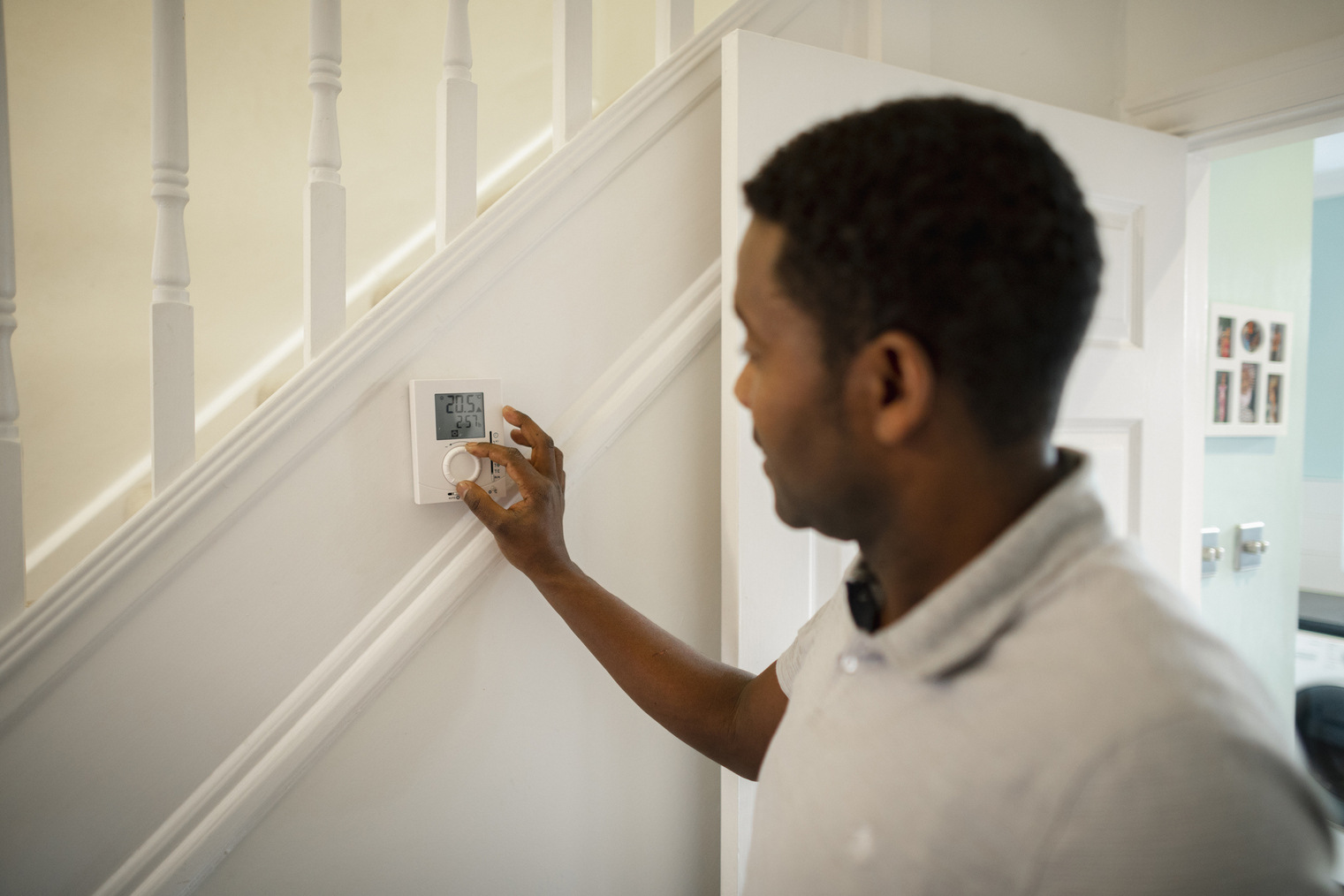
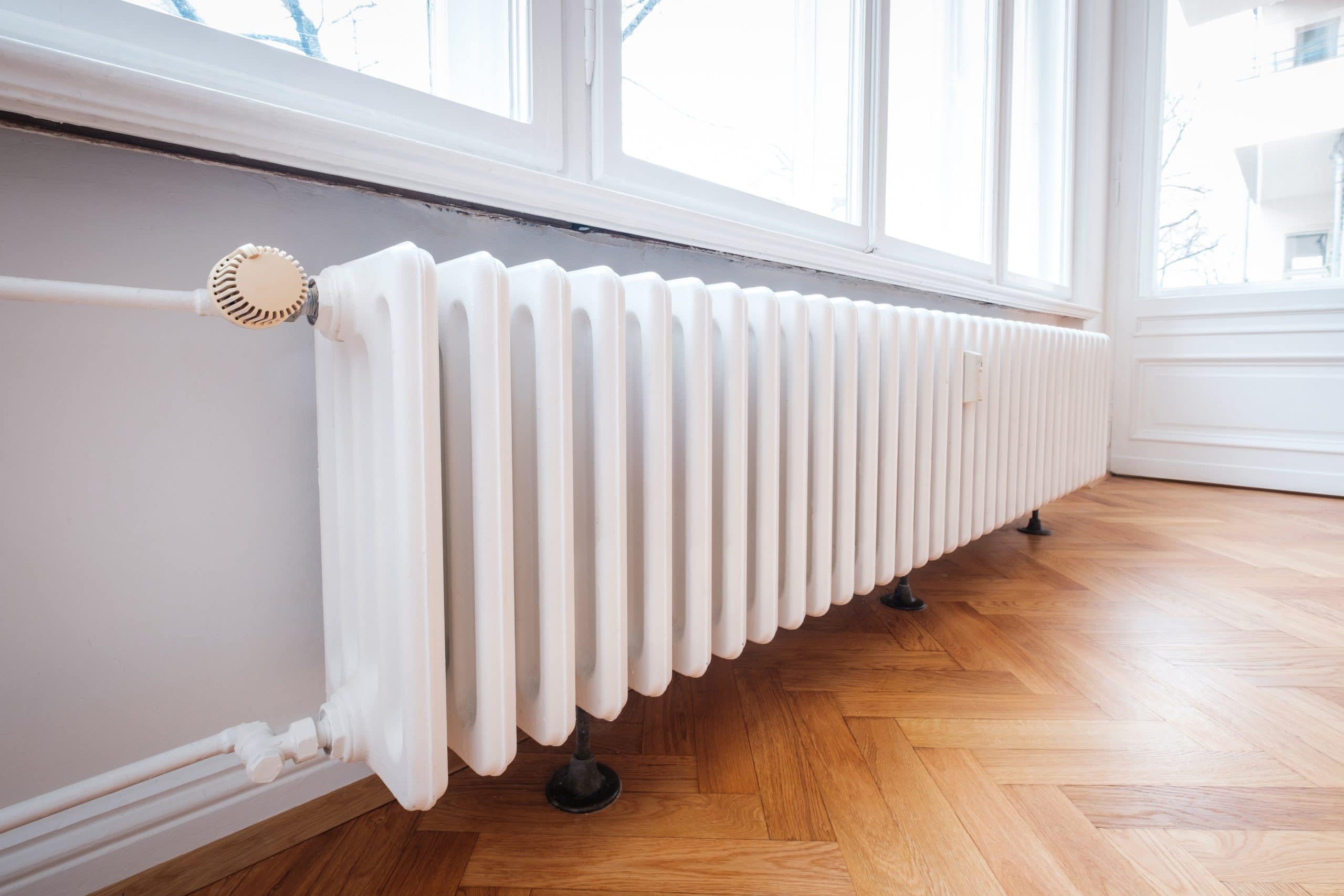
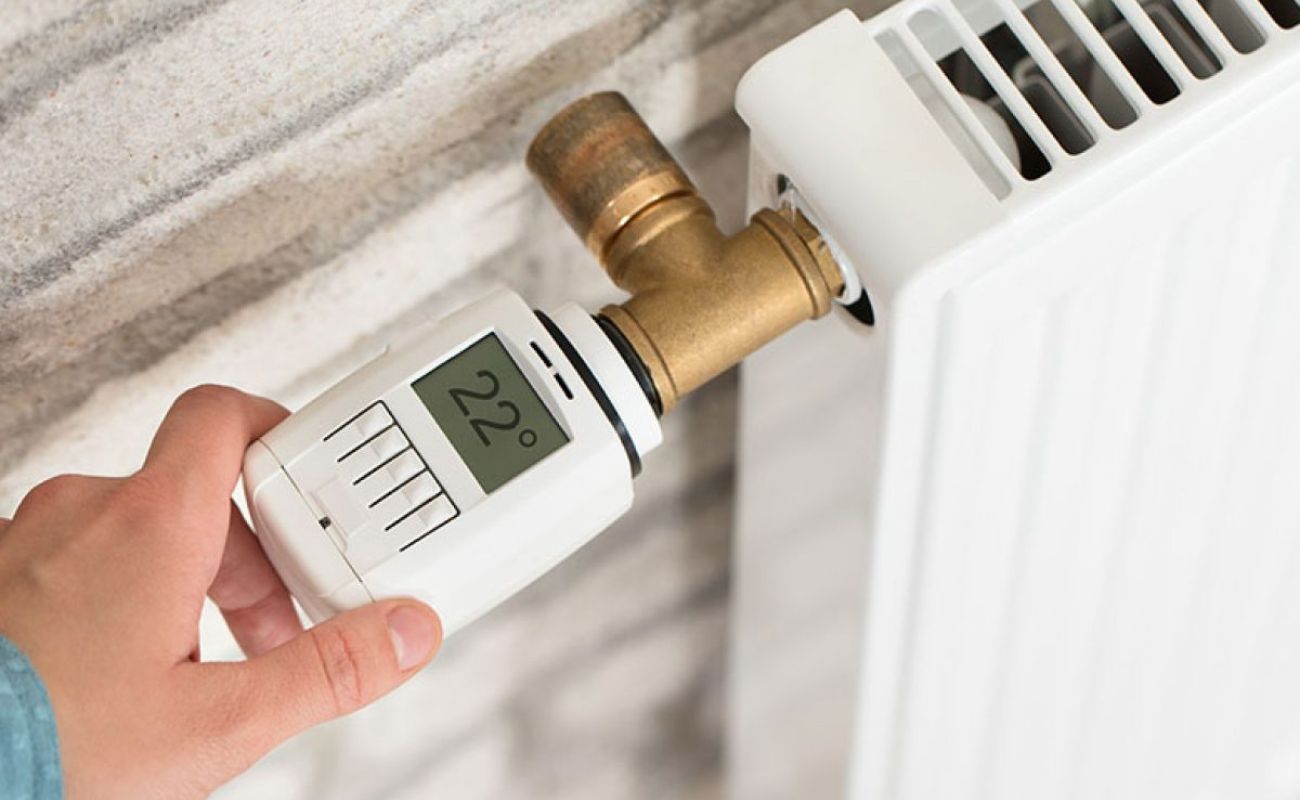
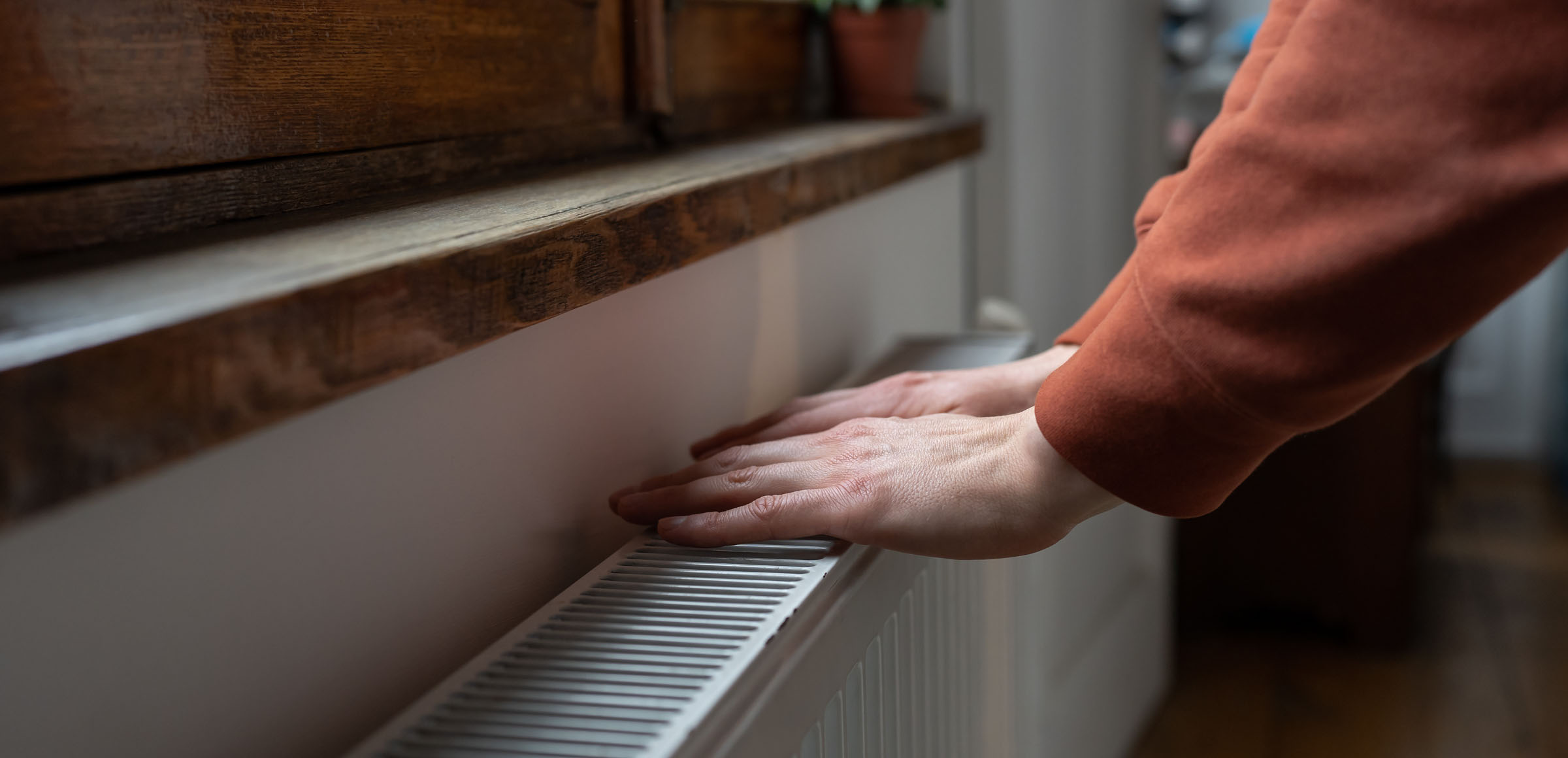
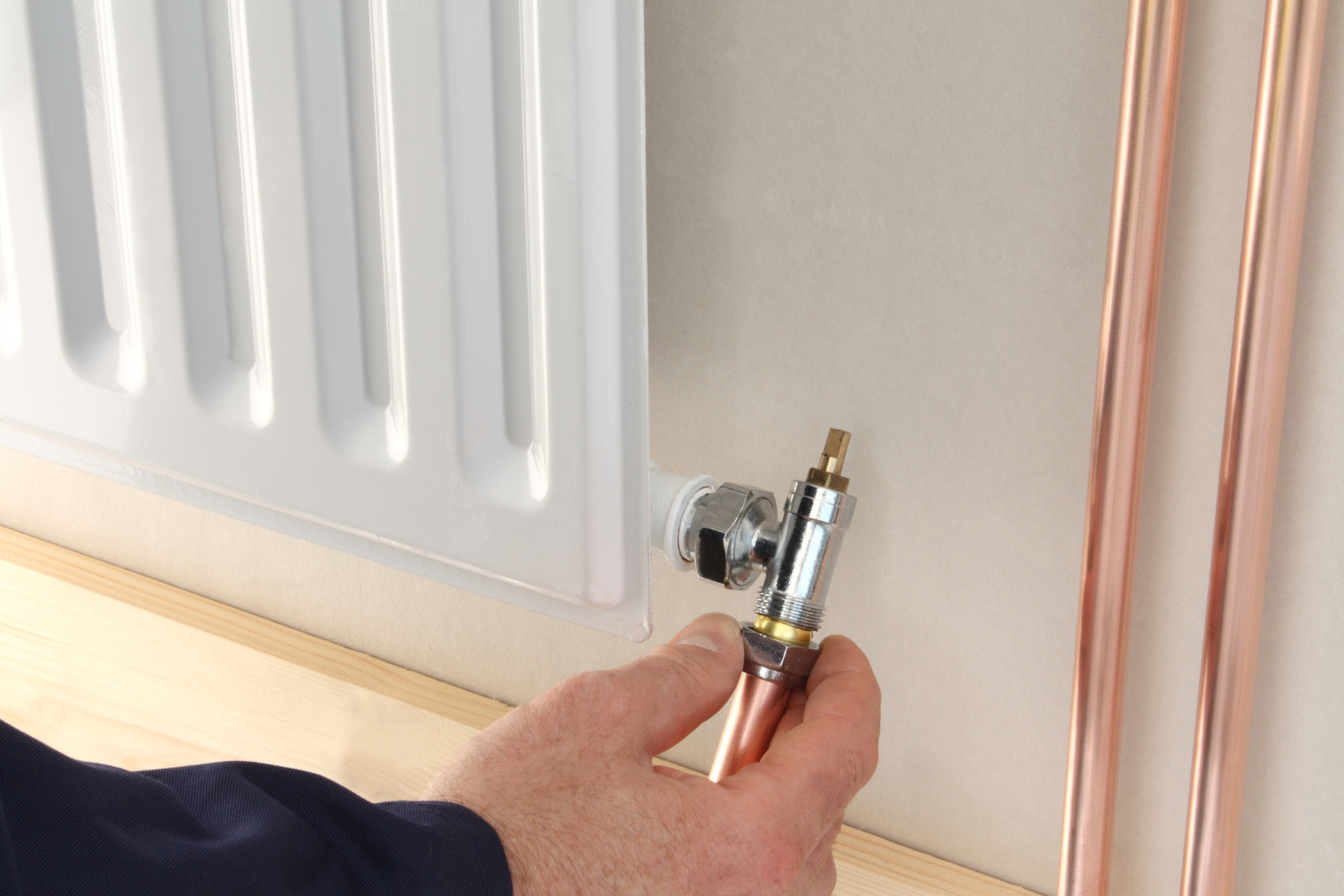

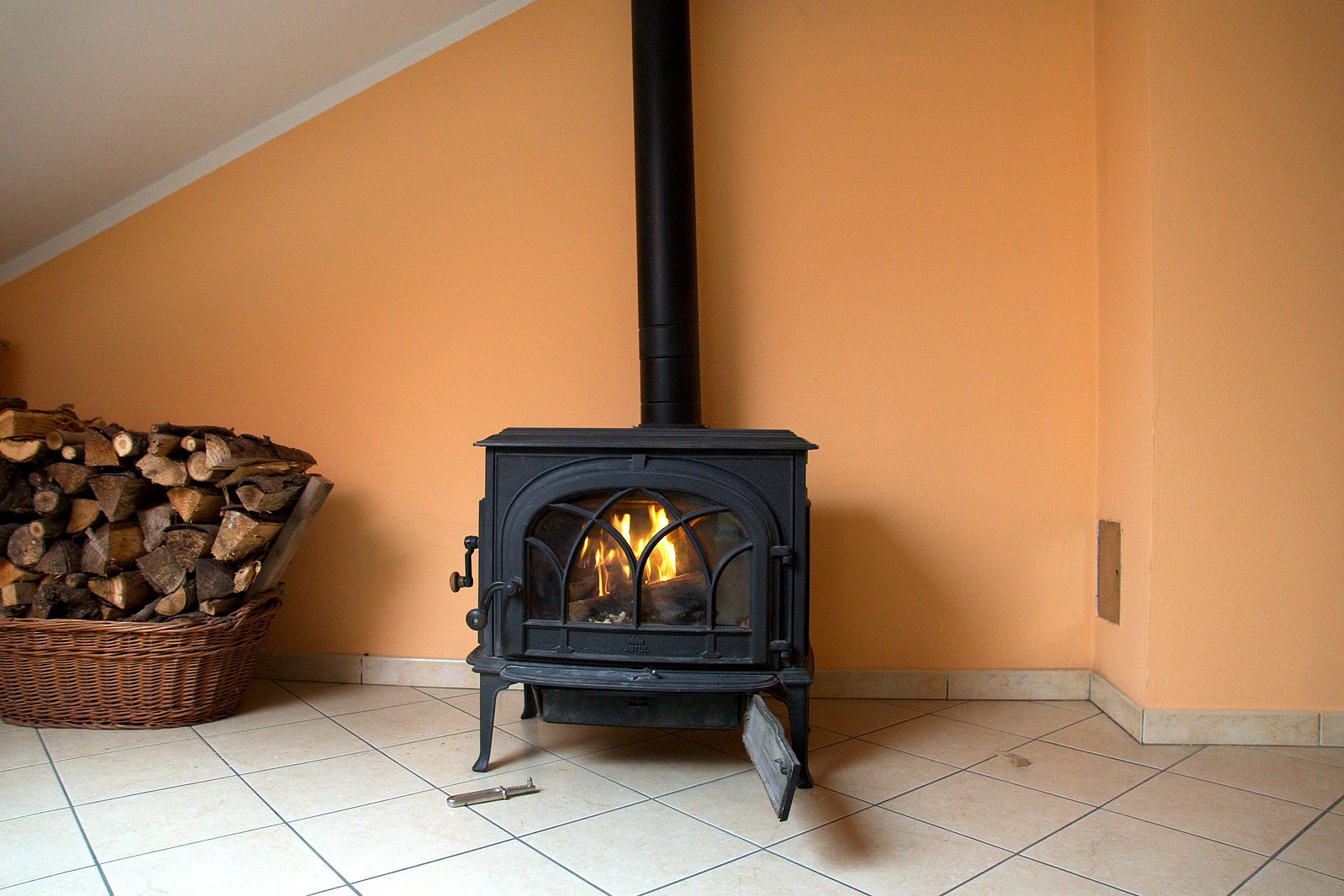

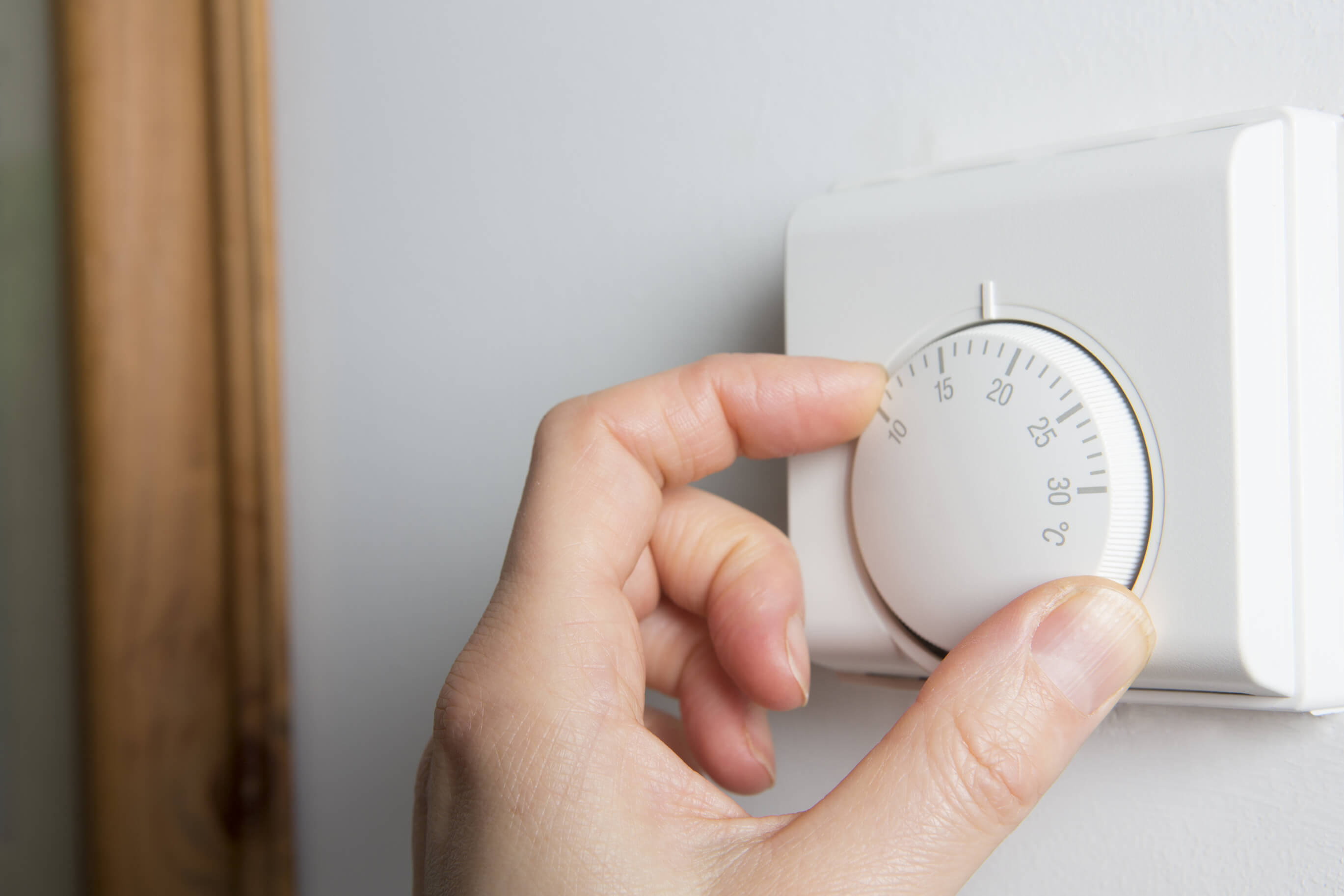

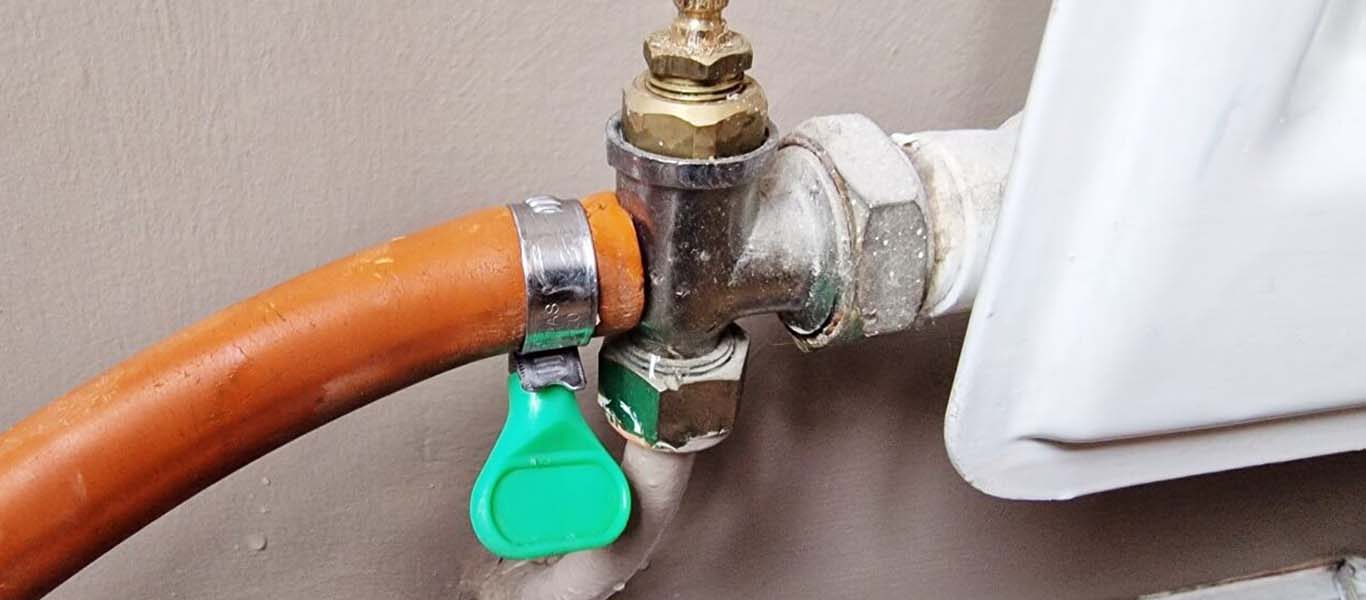
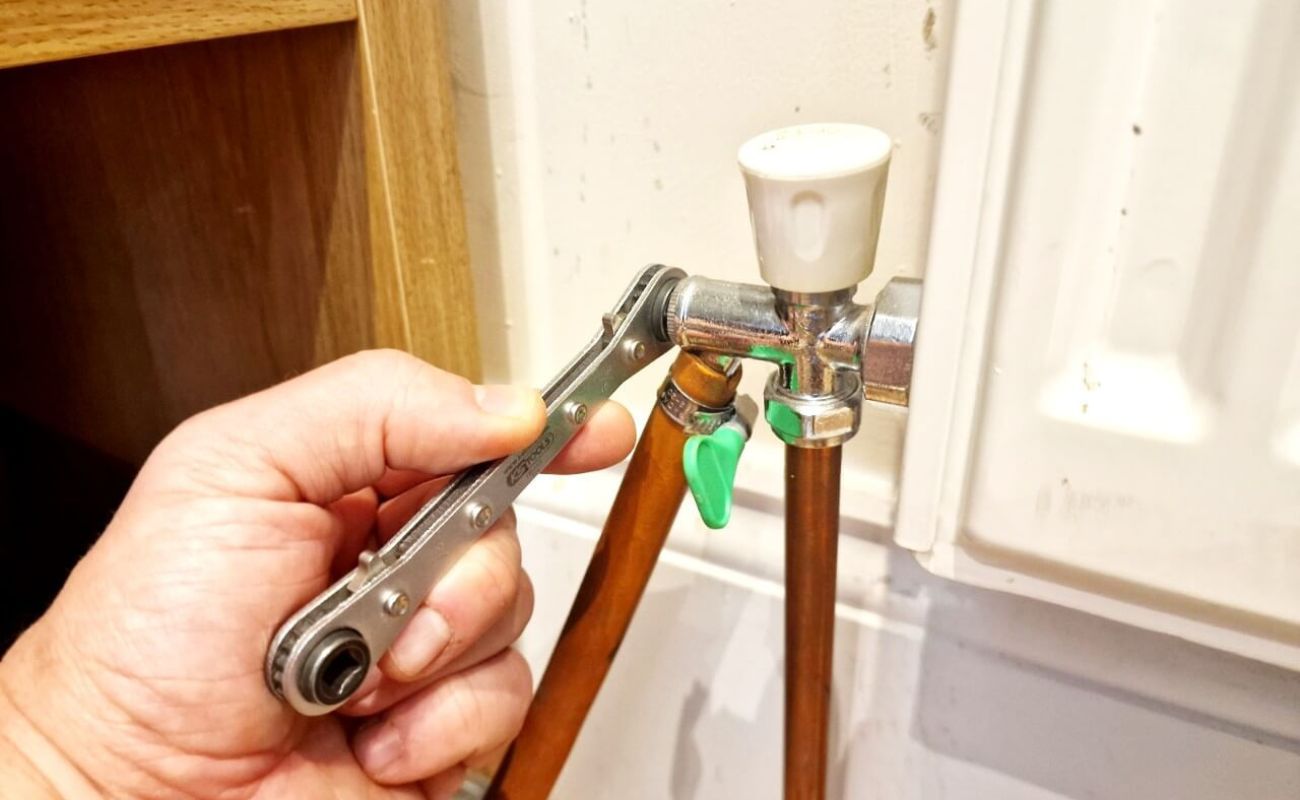
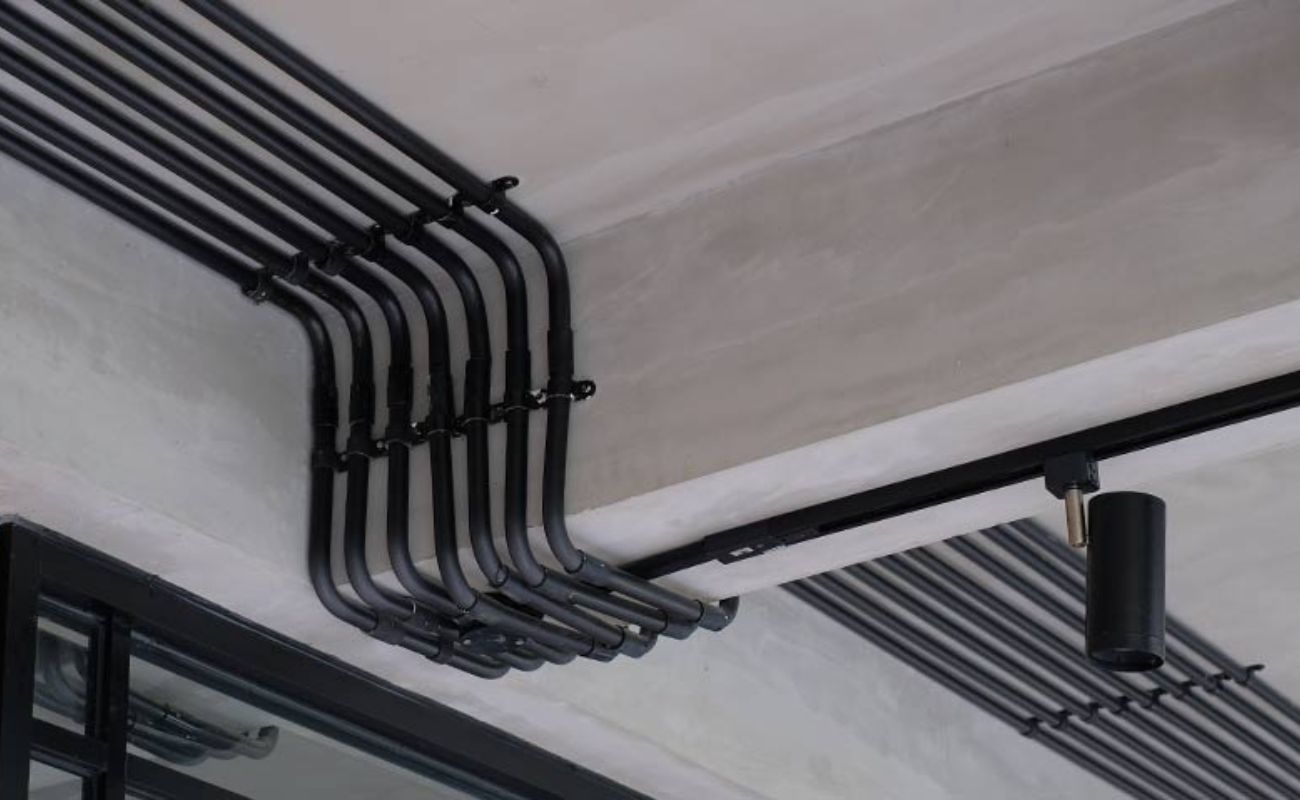


0 thoughts on “How To Set Central Heating Timer Control”